LinkedIn Connection Levels (1st, 2nd, 3rd) – Unlock Real Networking Potential
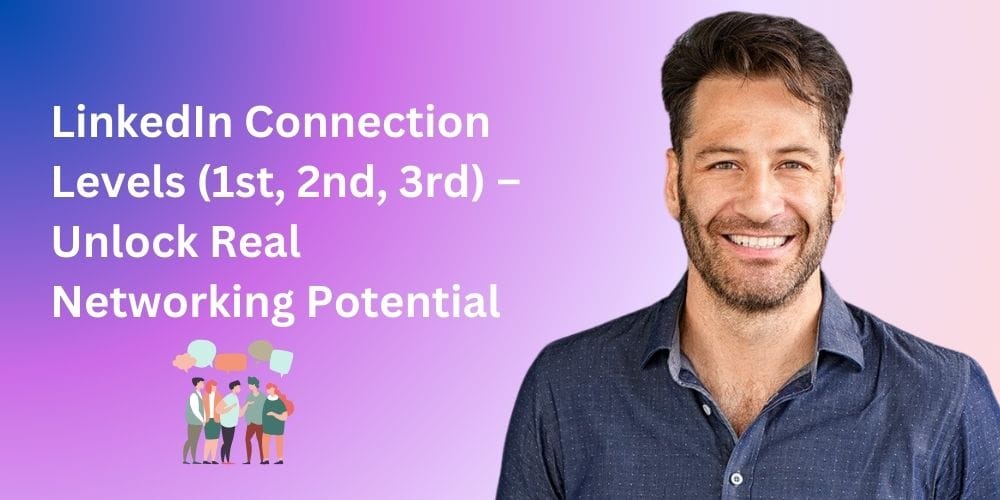
LinkedIn is like a professional dating app—minus the swiping. The connections you make determine your next career move, business opportunity, or big collaboration. But let’s face it, navigating LinkedIn without feeling awkward is an art.
Thankfully, mastering LinkedIn connections isn’t rocket science. Let’s demystify the infamous LinkedIn connection degrees (yes, all three!) and explore how to leverage them strategically to boost your professional game.
LinkedIn Degrees Explained (Simply)
Not all LinkedIn connections are created equal—and if you're in marketing, sales, or just serious about networking, understanding the difference between 1st, 2nd, and 3rd-degree connections is key.
Let’s break down what each degree means, so you know exactly who’s in your circle, who’s just outside it, and how to turn strangers into strong connections.
1st-Degree Connections
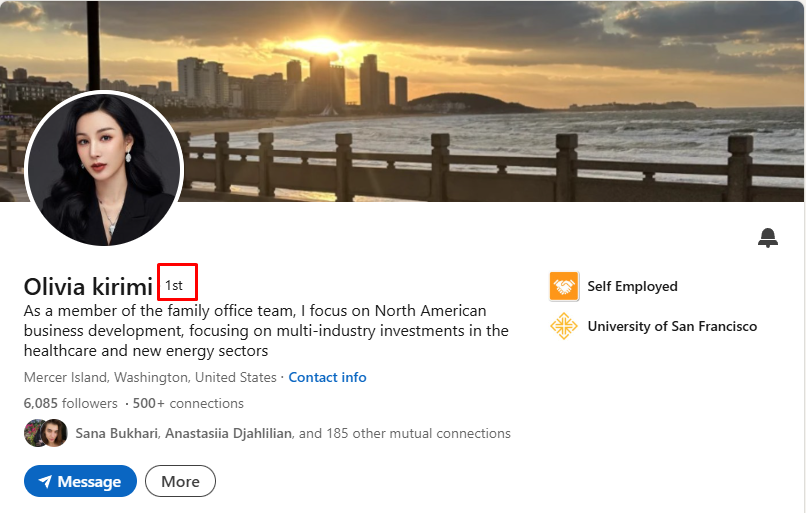
These are your LinkedIn besties—people you’ve directly connected with. You've probably exchanged a polite "Hi, thanks for connecting!" They're easy to spot by the tiny "1st" icon.
2nd-Degree Connections
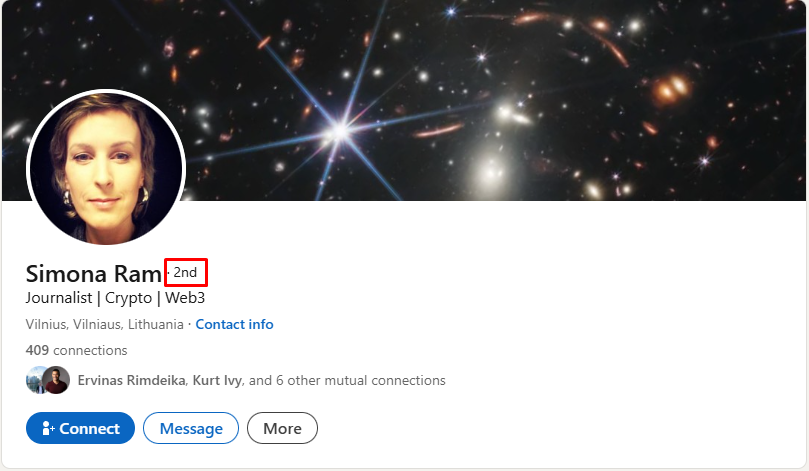
These are your friends' friends. You can't directly message them without some clever tactics (more on this soon). They're marked with a "2nd" icon—a subtle reminder they're slightly out of reach, for now.
3rd-Degree Connections
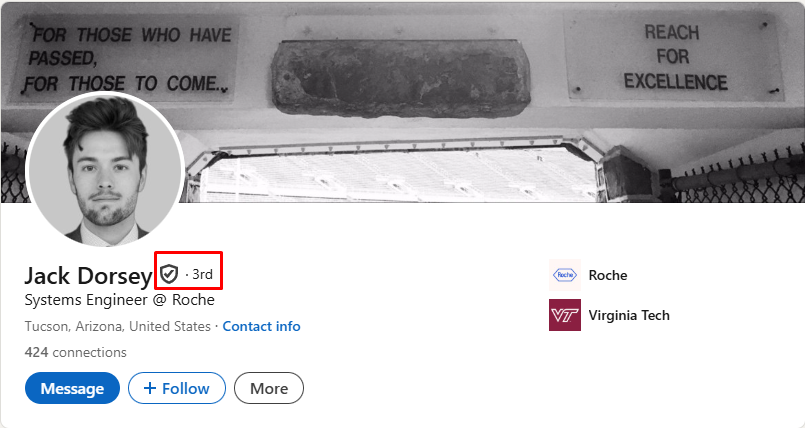
They’re essentially strangers—friends of your friends' friends. They have a "3rd" icon by their names. Approaching directly feels a bit like joining a random conversation at a party where you don’t know anyone.
Out of Network
Completely outside your LinkedIn circle. These profiles stay hidden unless you're ready to upgrade to LinkedIn Premium services, like Recruiter Professional Service.
How to Reach All Your 1st-Degree Connections on LinkedIn
Already connected? Great. Now let’s get the conversation started. Here are four effective ways to engage your 1st-degree connections on LinkedIn:
1. Direct Messages

The most straightforward route—slide into their inbox with a 1-on-1 message. Whether it’s a friendly check-in, a follow-up, or a resource share, messaging your 1st-degree contacts is personal and direct.
2. LinkedIn Groups
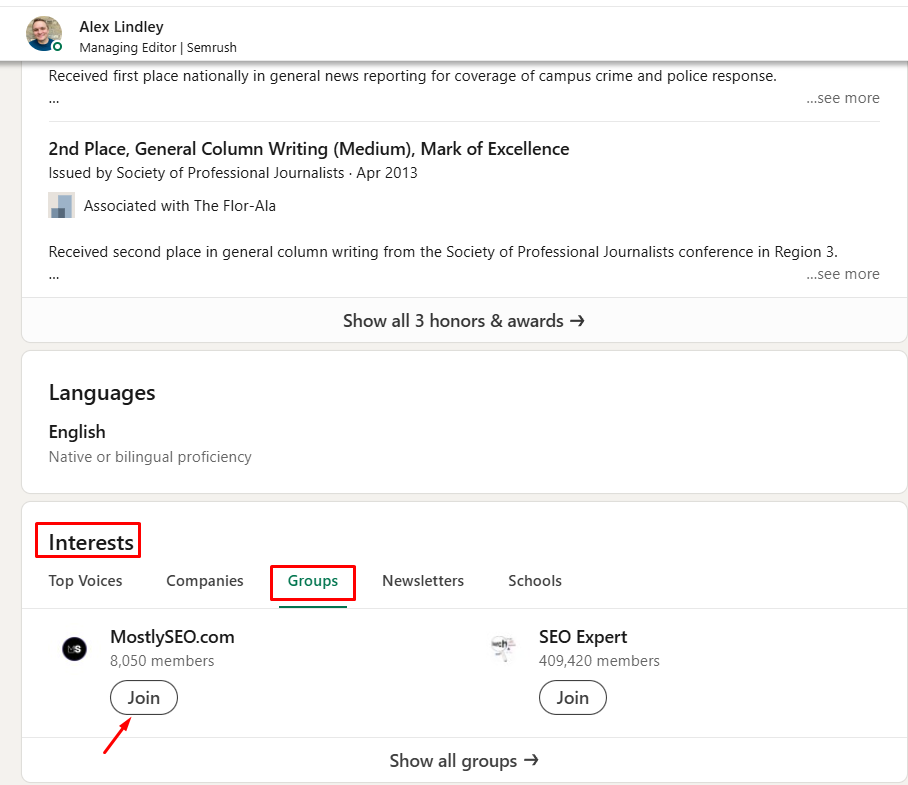
If you're both part of a group, you can interact in discussions and send messages within that space. It’s a great way to build rapport without feeling too formal.
3. Posts & Tagging
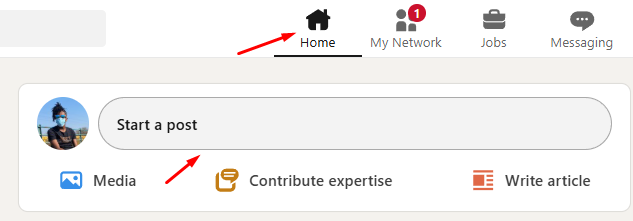
Share insights, stories, or industry tips via posts. Tag relevant 1st-degree connections or use strategic hashtags to boost visibility and spark engagement.
4. LinkedIn Events
Hosting a webinar, workshop, or roundtable? Invite your 1st-degree connections to join. It’s a powerful way to create value while building stronger ties in a group setting.
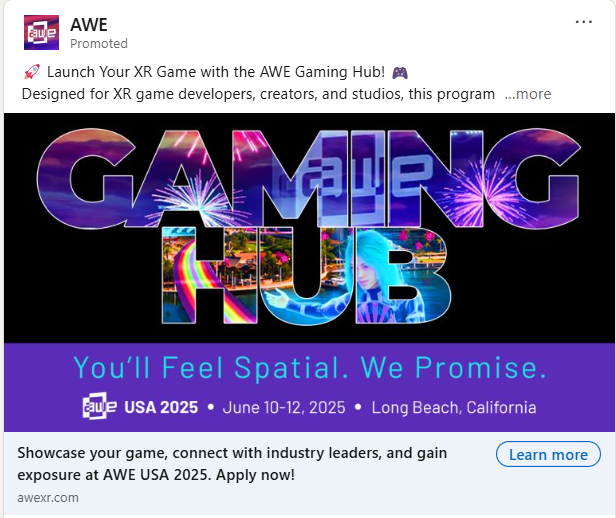
🎯 Your 1st-Degree Prospecting Game Plan (In Three Easy Steps)
Already connected? Great—now it’s time to turn those friendly connections into real opportunities. These are your warmest leads, so treat them like gold. Here’s how to activate them:
✨ Step 1: Polish Your Brand
Make your profile irresistible. Regularly post valuable insights, industry tips, or behind-the-scenes content. Jump into relevant discussions and keep your presence fresh and engaging—so when you message someone, they already know you’re worth connecting with.
🔍 Step 2: Research Prospects
Before you reach out, take a minute to understand who they are. Check out their profile, recent posts, and company updates. Join conversations they’re active in—but skip super old ones (nobody wants a comment on their 2022 webinar recap).
💌 Step 3: Send a Value-Driven Message
Reach out with something useful and specific. Reference something relevant, offer insight, or ask a thoughtful question. Tools like LeadPlay.io can help automate this—but your message should still sound human, not robotic. “Hey Jamie, saw your post on AI in hiring—loved your take. I have a quick case study you might find interesting—mind if I share?”

Reaching Your 2nd-Degree Connections (Without Being Creepy)
Direct messages aren’t immediately possible with 2nd-degree connections, but here’s how to bridge the gap:
- Premium Account: LinkedIn Premium’s InMail lets you directly message anyone.
- LinkedIn Groups: Join mutual groups and engage organically to create familiarity.
- Emails: If visible, respectfully email your prospects with concise, clear messaging.
- Mutual Connections: Request introductions from mutual 1st-degree connections.
Your 2nd-Degree Prospecting Game Plan (3 Simple Steps)
Second-degree connections are often the sweet spot for LinkedIn outreach—they’re not cold strangers, but not quite familiar either. With a mutual connection as your bridge, here’s how to turn them into warm leads:
✅ Step 1: Identify Targets
Use LinkedIn’s advanced search filters (or Sales Navigator) to find 2nd-degree connections that match your ideal customer profile—think role, industry, location, or even recent activity.
🤝 Step 2: Ask for Warm Intros
Reach out to your mutual 1st-degree connection and ask for a quick introduction. Keep it polite and low-pressure: “Hey Alex, I noticed you're connected to Jordan over at Acme Co. Would you feel comfortable introducing us?”
💬 Step 3: Craft a Personalized Message
Once connected (or intro’d), send a short, thoughtful message. Mention the mutual contact, state your reason for reaching out, and keep the tone casual—not salesy. “Hi Jordan! I saw we’re both connected to Alex—really admire your work at Acme. I’d love to connect and share a quick idea that might be relevant to your team.”
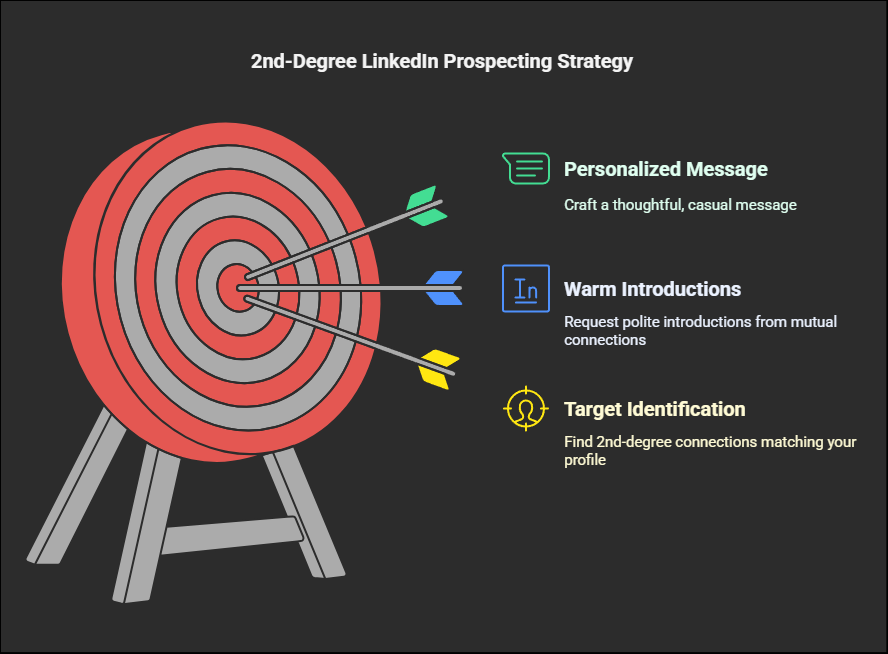
Should You Slide Directly into 3rd-Degree DMs?
Short answer? Probably not. It's like gatecrashing a stranger's party uninvited. Instead, focus on deepening relationships with 1st and 2nd-degree connections first. These stronger ties will naturally open doors to more distant contacts.
Expand Your LinkedIn Network Like a Pro
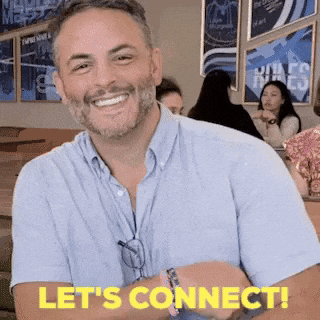
Growing your LinkedIn network strategically is key to unlocking valuable professional opportunities. Follow these tips to build meaningful connections:
- Personalize Connection Requests: Craft thoughtful, tailored messages to each potential connection.
- Set Clear Networking Goals: Define specific objectives like targeting industry leaders, potential clients, or collaboration partners.
- Showcase Expertise in Groups: Actively participate in relevant LinkedIn groups to demonstrate your knowledge and credibility.
- Post Consistently and Visually: Share valuable content regularly; posts with visuals typically gain greater engagement.
- Regularly Engage with Connections: Comment, like, and interact frequently to stay top-of-mind with your existing network.
- Optimize Your LinkedIn Profile for SEO: Incorporate relevant keywords into your headline, summary, and experience sections to increase your profile’s visibility.
- Publish Insightful Articles: Use LinkedIn’s article feature to position yourself as a thought leader and drive more profile visits.
Level Up with Outreach Automation
Integrating LinkedIn prospecting tools into your strategy can significantly enhance your networking effectiveness. By automating repetitive tasks like sending initial messages or tracking interactions, you free up valuable time to focus on creating authentic and meaningful conversations. Utilizing the best LinkedIn automation tools allows you to scale your outreach, improve productivity, and ultimately generate more high-quality leads. Make your LinkedIn outreach seamless and impactful, ensuring every interaction feels personal, genuine, and human.